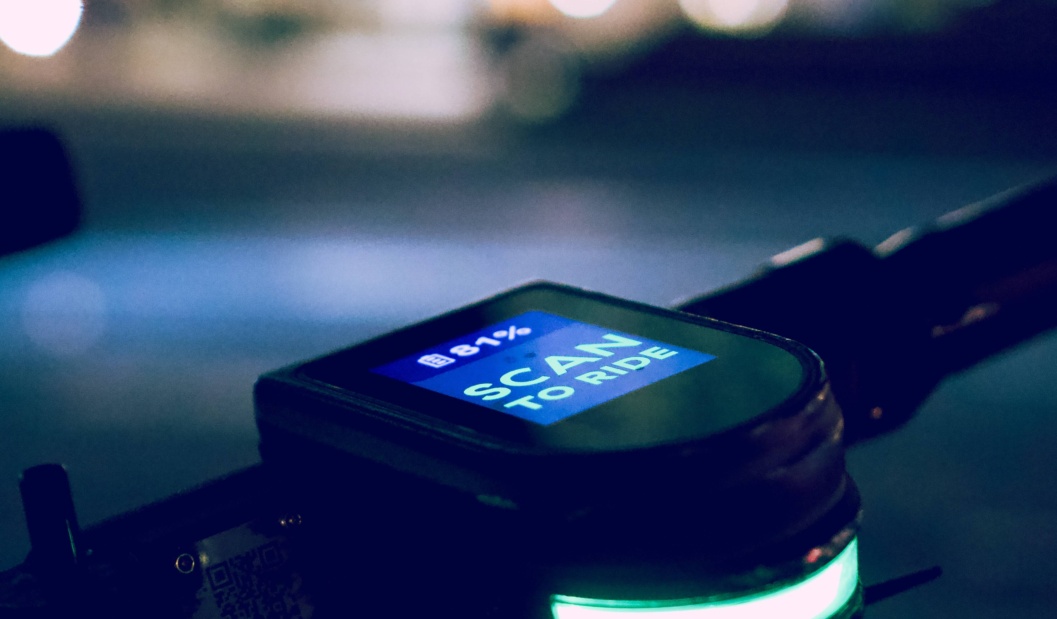Since 2018, when Electric Scooters were first introduced in Australia, the states and territories have remained divided on the legality of electric scooters on public roads, and shared paths. The e-scooters are becoming a more popular mode of transport in metropolitan areas as in Brisbane almost a quarter (23.5%) of all e-scooter riders used them as a way to commute to work. As popular as they are becoming, it is important to understand e-scooter laws if you are going to be riding one.
Each state and territory have different rules and regulations regarding to use of e-scooters the only rule that all states and territories agree on is riders must wear bicycle helmets on public roads and shared paths. E-scooter riders need to remember that they must take safety seriously, as seriously as they take safety when operating a motor vehicle.
The new e-scooter laws include:
E-scooter speed limits:
- Riders must comply with relevant speed limits based on where they are riding.
- Where there is no relevant speed signage, the default speed limits are:
- 12km/h on footpaths, shared paths and crossings
- 25km/h on permitted local roads and dedicated bike paths and bike lanes.
- 10km/h in shared zones
- Or specified path speed limits
E-scooters can ride on:
- Footpaths, shared paths, separated paths and bike paths
- Local streets (where the speed limit is 50km/h or less and there are no dividing lines, median strips, or one-way streets with only 1 marked lane).
- Bike lanes on roads where the speed limit is 50km/h or less
- Bike lanes that are physically separated from other lanes of traffic
And are now permitted to:
- Use a mobile phone while stationary on a path or nature strip
- Park their device on a path or nature strip (for example, when using a shared e-scooter scheme)
- Ride diagonally across a scramble crossing pedestrian intersection
- Cross the pedestrian side of a separated footpath
- Ride on a safety zone near a tram stop.
E-scooters laws on the road
Riders are only permitted to ride on the road in some limited circumstances to:
- Avoid an obstruction on a path or bike lane for up to 50m
- Bike lanes that are physically separated from other lanes of traffic (for example, by bollards or raised median strip).
- Access a bicycle storage box at an intersection
- Move out of the way of an emergency vehicle
- Travel through an intersection between a road, bike lane or path that they are permitted to be in.
Safety equipment
- Riders must wear either an approved bicycle or motorcycle helmet.
- As e-scooters have handlebars riders, must ensure they have a bell or similar warning device fitted.
Our team specialises in criminal law, traffic law, and domestic violence. Our role is to sit down with you and work out the strategy that will get you the best possible result. If you have any questions about this article or any other topic of law, please call our team of experts on 1300 066 669





